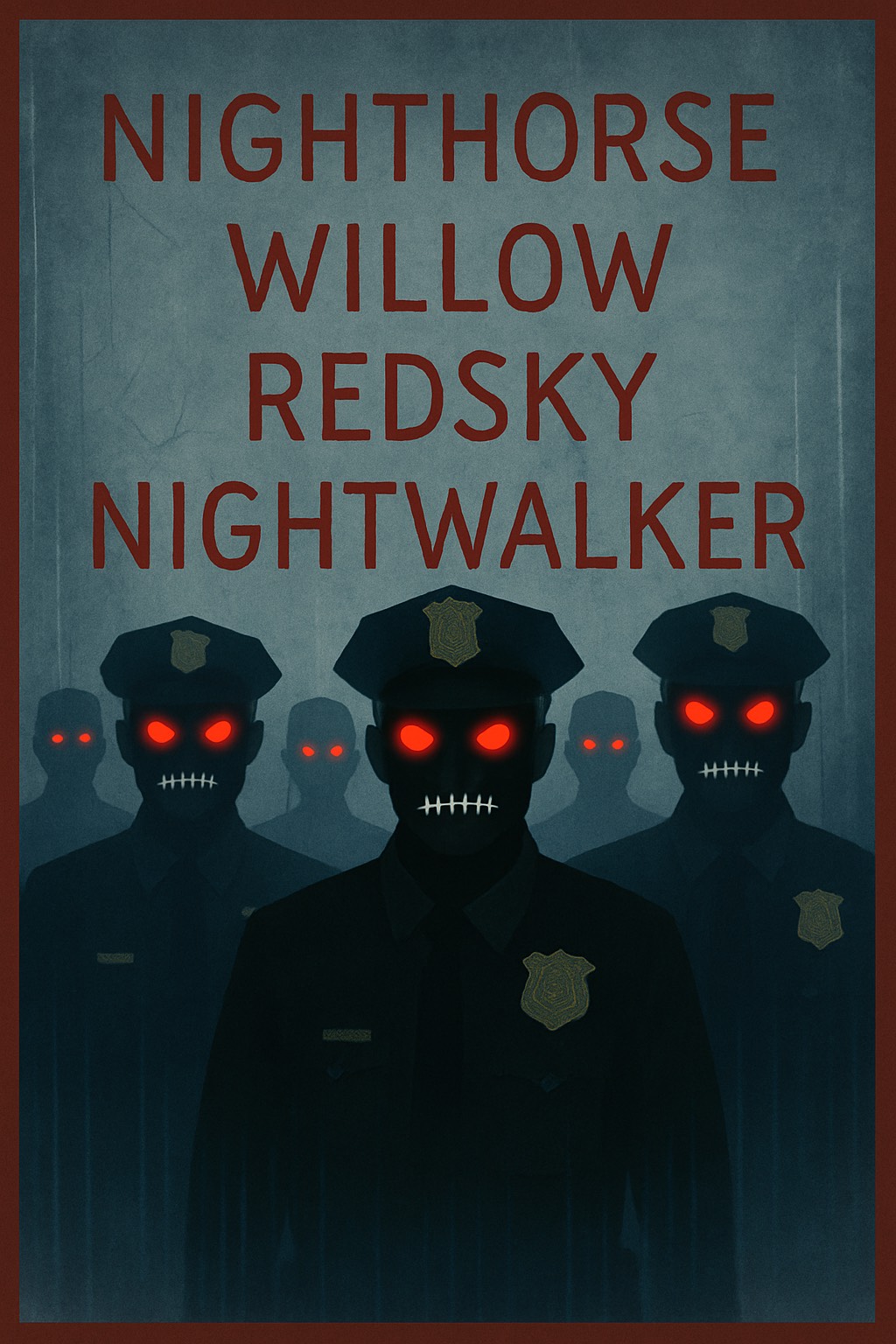Resources
Writing Funny: Creating An Engaging Presentation
By Lesley Carlberg
So. You’d like to write an entertaining presentation. Or maybe you’d just like to write a more engaging one. Truth is, you just don’t want people to fall asleep when you actually give your presentation. Here are a few words of advice as you prepare your presentation.
First, the fewer words you use, the more energy your speech will have. And not only fewer words, fewer syllables as well. English is a very muscular language so that we don’t always need extra descriptive words like adverbs. For example, count the nine beats, “Joe walked very quickly to the store.” Now pared down to six, “Joe bolted to the store.” Be direct with fewer beats for a robust speech.
Next, surprise your listeners with a fun word that they aren’t expecting. Get a thesaurus and find more descriptive words than the drib drab ones you hear all the time. Don’t be afraid to make up words; you’re allowed to be silly sometimes. Have fun! People LOVE hearing new things, new ideas and new words (because we all know everything else, don’t we)
Another thing about writing funny is the importance of the actual structure of the paragraph. Even more important is the structure of each sentence. And most important is the choice of the last word. Here’s the set-up: build the ideas, piling on the details and then surprise your audience at the end when they are ready to laugh. If you do not follow this pattern, you will likely dilute the laugh potential. At the Funny Spot, people want to laugh but hesitate because they still hear you talking. So make the last sentence of the paragraph and the last word of the last sentence, the “Kicker;” then pause and wait for the big yuks.
Finally, don’t try too hard. You don’t want to be corny. (Well, you’re
allowed to be a little corny.) Funny flits from a variety of organic places: your information, the structure of your paragraphs and sentences your choice of words and your stellar delivery. You want to be natural, appearing spontaneous with sparks of brilliance.
Have confidence! Punch up your speech following my directions and people will be engaged, stay awake and maybe even laugh!
Comedian Lesley Carlberg is a real estate agent in the west end currently writing her fourth musical comedy and also her first book called “How I Lost One Pound.”





